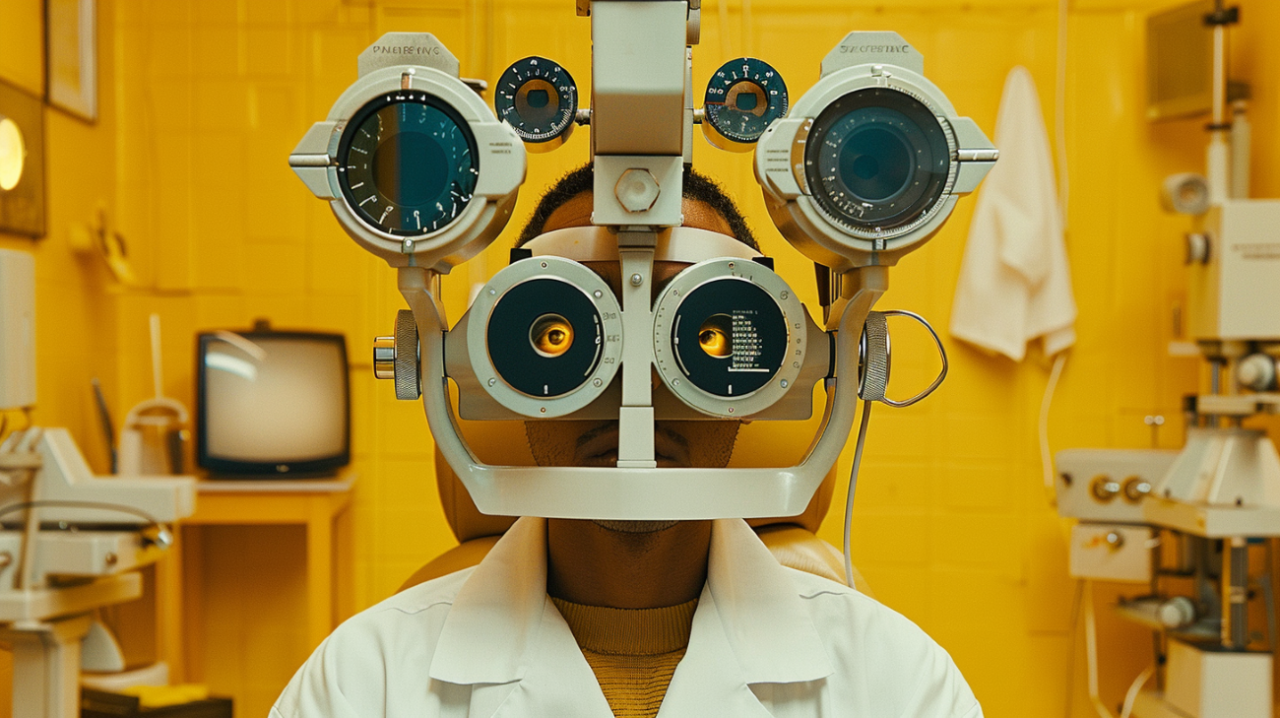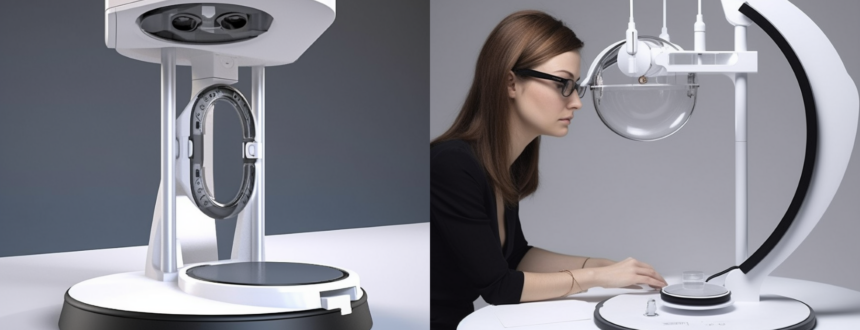10 Tips to Prevent the Most Common Eye Issues
Our eyes are invaluable assets, allowing us to experience and navigate the world around us. Protecting their health is essential for maintaining clear vision and overall well-being. Fortunately, there are proactive steps you can take to prevent the most common eye issues that can threaten your sight. Here are ten effective tips to safeguard your eye health:
1. Schedule Regular Eye Exams
Regular eye exams are crucial for detecting potential eye problems early on, even before you notice any symptoms. Adults should have a comprehensive eye exam at least once every two years, and more frequently as recommended by their eye care professional, especially if they have risk factors such as diabetes or a family history of eye disease.
2. Protect Your Eyes from UV Exposure
Prolonged exposure to ultraviolet (UV) rays from the sun can increase the risk of cataracts, macular degeneration, and other eye conditions. Always wear sunglasses that block 100% of UV rays when outdoors, and choose ones that also protect against blue light to reduce digital eye strain.
3. Maintain a Healthy Diet
A balanced diet rich in antioxidants, vitamins, and minerals is beneficial for eye health. Include foods such as leafy greens (like spinach and kale), colorful fruits (such as oranges and berries), and omega-3 fatty acids (found in fish like salmon and trout). These nutrients help reduce the risk of age-related macular degeneration (AMD) and cataracts.
4. Manage Chronic Conditions
Conditions like diabetes and hypertension can lead to vision problems if not properly managed. Keep your health in check by monitoring your blood sugar levels, blood pressure, and cholesterol. Follow your healthcare provider’s recommendations to prevent diabetic retinopathy and other complications that can affect your eyes.
5. Quit Smoking
Smoking increases the risk of developing eye diseases such as cataracts and AMD. The harmful chemicals in tobacco smoke can damage the delicate tissues in your eyes and accelerate age-related vision loss. Quitting smoking reduces these risks and improves overall health.
6. Practice Good Digital Habits
In today’s digital age, prolonged use of computers, smartphones, and other electronic devices can strain your eyes. To prevent digital eye strain, follow the 20-20-20 rule: every 20 minutes, look at something 20 feet away for at least 20 seconds. Adjust the brightness and contrast of your screens to reduce glare and eye fatigue.
7. Maintain Proper Hygiene
Practicing good hygiene can prevent eye infections and irritations. Wash your hands thoroughly before touching your eyes or handling contact lenses. Avoid sharing towels, cosmetics, or eye makeup to reduce the risk of spreading bacteria or viruses that can cause conjunctivitis (pink eye) and other infections.
8. Use Protective Eyewear
Whether you’re playing sports, doing yard work, or working in a hazardous environment, wearing protective eyewear can prevent serious eye injuries. Safety glasses or goggles shield your eyes from flying debris, chemicals, and other potential hazards that could cause permanent damage.
9. Ensure Proper Lighting
Proper lighting is essential for reducing eye strain. When reading or working on a computer, ensure that your workspace is well-lit and free of glare. Use task lighting if necessary, and position your computer screen to minimize reflections from windows or overhead lighting.
10. Stay Hydrated
Dehydration can contribute to dry eyes and discomfort. Drink plenty of water throughout the day to maintain adequate moisture levels in your eyes. Consider using a humidifier in dry indoor environments to prevent evaporation of tears, especially during winter months or in air-conditioned spaces.
Understanding Common Eye Issues
To protect your eyes effectively, it’s important to be aware of
common eye conditions and their symptoms:
- Dry Eyes: Characterized by irritation, burning, or a gritty sensation in the eyes, often worsened by environmental factors or prolonged screen use.
- Glaucoma: A group of diseases that damage the optic nerve, often associated with elevated intraocular pressure and leading to gradual vision loss if untreated.
- Cataracts: Clouding of the eye’s lens, resulting in blurred vision, sensitivity to light, and difficulty seeing at night, typically related to aging but also influenced by lifestyle factors.
- Age-Related Macular Degeneration (AMD): Affects central vision due to damage to the macula, leading to difficulties with tasks like reading and recognizing faces, more common in older adults.
- Diabetic Retinopathy: Complication of diabetes affecting blood vessels in the retina, potentially causing vision impairment or blindness if blood sugar levels are poorly controlled.
By adopting these ten tips into your daily routine, you can significantly reduce your risk of developing common eye issues and maintain optimal eye health throughout your life. Remember, proactive care, regular check-ups, and healthy lifestyle choices are key to preserving your vision and enjoying a clear view of the world for years to come. Take care of your eyes—they’re irreplaceable!














